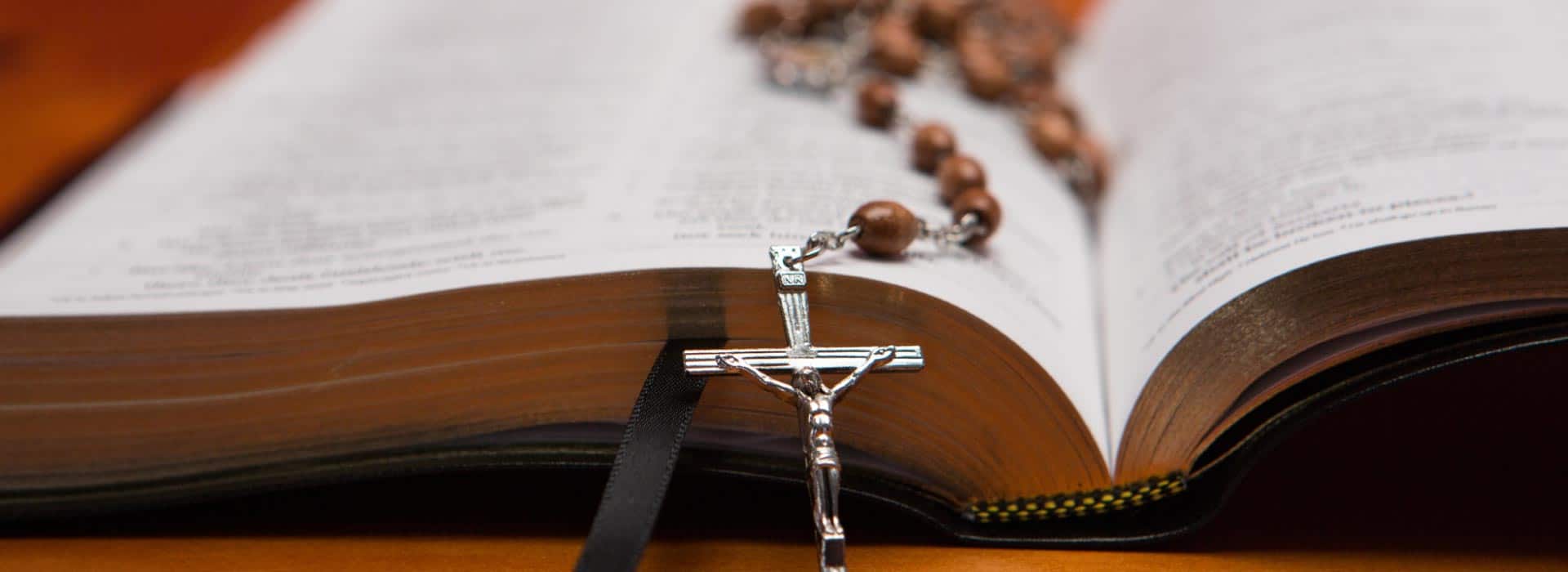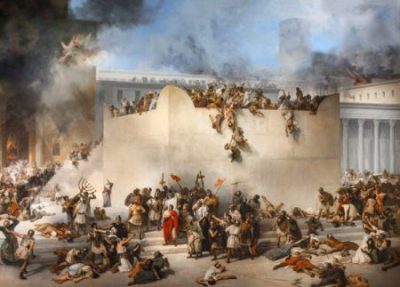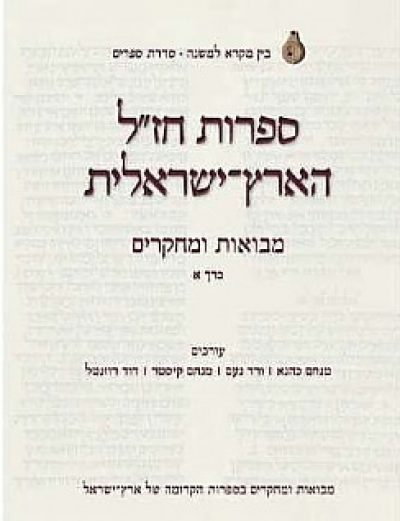From these three different categories of Orthodox Jews, we move now to the non-Orthodox part of the religious spectrum. We introduce here two liberal movements that have developed over the last two centuries, Reform or Progressive Judaism and Conservative Judaism. They are not the only liberal religious movements but they are the two biggest and most important up to now (although that can always change) and both exist in Israel although both their numbers and their influence are smaller in Israel than abroad (and particularly in the United States).
Reform Jews

Reform Jews have broken away from Halacha and Rabbinic authority. The origins of this stream of Judaism are in Germany and Central Europe in the mid to late 19th century where Jews were becoming increasingly involved in the modern world. As we saw above, some Jews wished to embrace modernity but continue to live Halachic lives (Modern Orthodoxy) but there were many others who wanted to keep living Jewish lives but believed that the Halacha as a structured way of life which dictated what a Jew should do in every aspect of his or her life, was not relevant in the modern world. Some felt that the Halacha had been important in the past perhaps but had no place in their lives. Others believed that the Halacha was created by Rabbis who believed perhaps that they were interpreting the word of God but wrongly so. These Jews saw Halacha as a man-made law which did not in any way speak to them and they saw the Rabbis as fallible human beings who, in the best cases, had great learning, and important insights into God’s world and suggestions for human behavior, but who could not tell them how to live their own lives.
For both of these reasons many Jews demanded that their Jewish life change in the synagogue which should, from now on, reflect the demands and needs of modern people. Hebrew should be dropped as the exclusive language of prayer and more of the vernacular should be used. Prayers should be shortened and irrelevant parts should be dropped. There should be more emphasis on uplifting music and on decorum and order. Instead of a concentration of the details of Halacha or ritual Judaism, they wanted the values and morals of Judaism to stand at the centre together with a belief in God who they identified with central human values. Women’s place should be more central and equality between men and women should be a publicly professed aim.
Reform Judaism spread to many parts of the western Jewish world, and the largest community of reform Jews developed in 20th century America. In some parts of the Reform movement, the last generation has brought a return to a more traditional form of Jewish life, reclaiming some of those rituals that had been abandoned by previous generations. However, if traditions have been retained or reclaimed, there has been no return to Halacha as such in the sense of a centrally directed code of life, enshrined in rituals and rules and directed by Rabbinic authorities within the Reform movement. Each individual is ultimately seen as autonomous and able to make their own choices regarding what she or he should do or not do. The last generation has also seen the rise to full equality of women and men with there being no roles or responsibilities that cannot be filled by either men or women.
Conservative Jews
The stream known as most commonly known as Conservative Judaism paralleled the development of Reform Judaism, beginning in Germany and Central Europe and exporting itself to the west, especially North and South America where it developed throughout the 20th century.
As a theology, Conservative Judaism differs from Reform in that it has retained a concept of Halacha but differs from Orthodoxy in that it sees Halacha as changing from generation to generation, keeping step and influenced by changes in the world around it. It is conservative in that it does not believe in radical change (like Reform) but it does believe in change and development, carefully managed and thought through by a Rabbinic leadership which believes in gradual change.
However it should be mentioned that in fact, although the Rabbis of the Conservative movement are indeed dedicated to the concept of a gradually evolving Halacha which commits the individual, most of those who go to Conservative Synagogues and see themselves as Conservative Jews are not committed to the ideology of the movement. Their lives are not Halachic lives in the sense that those of their Rabbis tend to be. Rather, what tends to distinguish them from Reform Jews is that they want to retain more of the traditional aspects of Judaism and they are slower to reject many of the rituals of Jewish life.
Like Reform Judaism, Conservative Judaism has granted equality to women although the exact nature and understanding of such equality varies from place to place. Both movements have become thoroughly committed to ideas of social justice and social action which is not just aimed at Jews alone. They have taken the Universalist ideas of justice, which exist in the Jewish tradition, and have moved them into a central place in their understanding of Judaism in a way that much of the Orthodox and Haredi world has declined to do. As a generalization (to which there are important exceptions) we can say that whereas both Reform and Conservative Judaism (as well as other smaller, non-Orthodox streams) have found a way to balance the universalistic and particularistic (outward looking and inward looking) aspects of the Jewish tradition, seeing them as complementing each other, Orthodox Judaism has focused more on the inward looking particularistic aspects of Judaism.
Both Reform and Conservative Judaism are present in Israel, where their movements are known respectively as the movements for Yahadut Mitkademet (progressive Judaism) and Yahadut Masortit (traditional Judaism). Both movements developed in Israel as a result of the immigration of Jews who themselves came from Reform and Conservative communities abroad. Reform and Conservative synagogues and institutions in Israel have succeeded in attracting considerable numbers of other non-Orthodox Israelis but both groups remain unrecognized by the Orthodox rabbinic establishment that has monopolized control of Israeli Judaism since the establishment of the State of Israel in 1948.
Thus the marriages carried out by non-Orthodox Rabbis are not recognized by the State of Israel, the communities and institutions of non-Orthodox Judaism are not subsidized by the state and non-Orthodox Rabbinic salaries are not paid by the state. In general, large parts of the Orthodox world in Israel see Reform and Conservative Jews as illegitimate pretenders who do not represent authentic Judaism. From such a point of view, non-Orthodox claims for legitimacy are a threat to the claims of Orthodoxy which alone represents what Judaism truly is.
There is one more thing to add here. We have defined Conservative Jews in Israel by the Hebrew name of Masorti Jews which is the name chosen by the movement. But in Israel there is another meaning to the term “Yehudim Masortim” (traditional Jews). Many Israeli Jews define themselves as traditional or ‘Masorti’ Jews meaning that they keep large parts of the tradition and have a positive attitude to the Jewish religion. They go sometimes (or frequently) to Synagogue, keep the traditional dietary laws and observe the festivals in the traditional ways but in many cases they are less consistent than Orthodox Jews in what they do or do not do on a daily basis. Many Jews whose families originated in Arab lands identify themselves as traditional for example, rejecting the different categories of Orthodoxy which they see (rightly) as originating in European culture and history and therefore less relevant to them. We will say a little more about this below when we talk of ethnicity in Israeli Jewish society.






